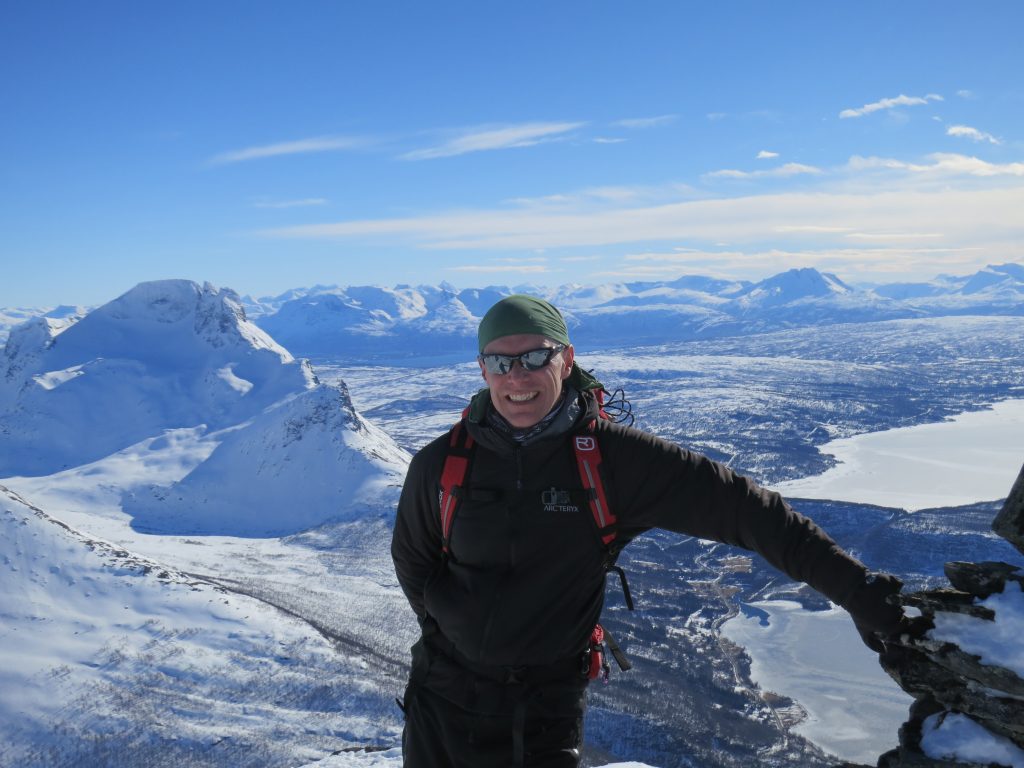In his second presentation of the week, Brandon Wilson relayed some of his experiences as a relative newcomer to APL and Dyalog. Having heard that most users learn APL through an apprentice model in which they enter an organisation and are taught by already experienced users, he sought out further help to learn array programming beyond the toy problems that are explored in introductory materials. He urged Dyalog and the APL community to find a way to fill the gap for self-learners to be able to fulfil the Iverson promise, to reap the benefits of notation as a tool of thought in larger applications, and to learn how to map array thinking to their own problem domains.
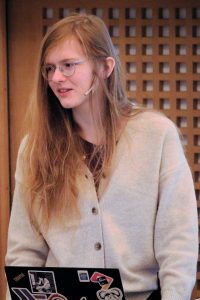
Kamila talks about her experience this summer at Dyalog
Kamila Szewczyk is the second of Dyalog Ltd’s summer interns. Her primary task was implementing APL Array Notation in the interpreter. She also had lots of great ideas that she has been able to try in internal experimental builds of the interpreter, such as automatic numerical differentiation, the obverse operator as seen in the J language and a monadic inner product where, for example, -.×D computes the determinant of an array D.
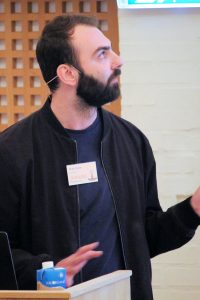
Rich shows an interface from Dyalog to Vega-Lite
Rich Park has been exploring data visualisation with Dyalog. In particular, he has been seeing what it would be like to use Vega-Lite – a library inspired by the Leland Wilkinson’s Grammar of Graphics – to visualise data from APL. As well as this Dyalog to Vega-Lite interface, he mentioned that The Carlisle Group has also been exploring similar covers for SharpPlot in their Playfair project; it is exciting to see new work on data visualisation from the APL community.
In the last of the presentations, Stine Kromberg presented some of her thoughts moving forward as the future Managing Director (CEO) of Dyalog Ltd. Although she is not an APLer, she has been around APL all of her life and we feel secure that she understands the business and the people involved…and Gitte says she can call on her for advice for a long time to come! Of course, there has been a lot of new growth at Dyalog Ltd recently, and there are some changes required to co-ordinate the growing team, but Stine’s focus is on staying flexible and open-minded to meet future challenges and support the next generation of Team Dyalog and APL users. New administrative assistant and internal legal reviewer Jada Andrade explained the upcoming simplification of our licence terms, offering a new annual developer licence with access to all supported platforms.
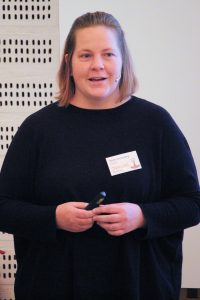
Stine talks about the future of Dyalog
The user meeting concluded with a choice of three workshops; many delegates lamented the lack of a time machine to be able to attend all the sessions! The Testing APL Systems workshop gave participants a look into techniques and best practices for testing and showed some of the existing testing frameworks, such as APLTeam’s Tester2 or the lightweight method shown in Stefan Kruger’s book. In the workshop on Leading Axis Theory and Practice, participants were guided on how to think about arrays in terms of cells (a type of sub-array) and use the rank operator with dyadic transpose to apply any function to parts of data. The third workshop had participants looking at handling files, from some of the nuances of reading text files – much of the time hidden from users of system functions – to functions for copying files and listing the contents of directories.
It’s been another fantastic week, and we’ve really enjoyed getting to know all of you who joined us to Elsinore. There is a strong sense of reinvigoration and revitalisation that comes with face-to-face meetings with the people who we love to work with and support, both newly-hired APLers and familiar faces, and it’s always wonderful to hear about all the growing businesses and new areas that APL is expanding into. We’re already looking forward to seeing you again in Glasgow next year for Dyalog ’24!
Today’s presentations:


 Follow
Follow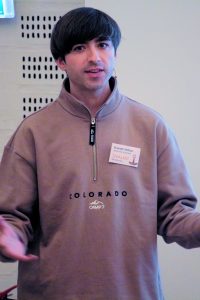
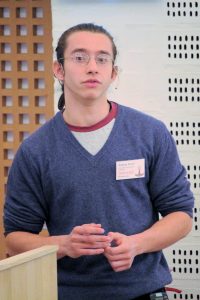
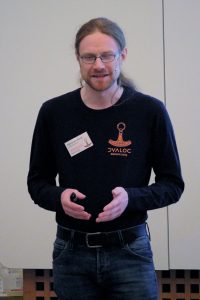
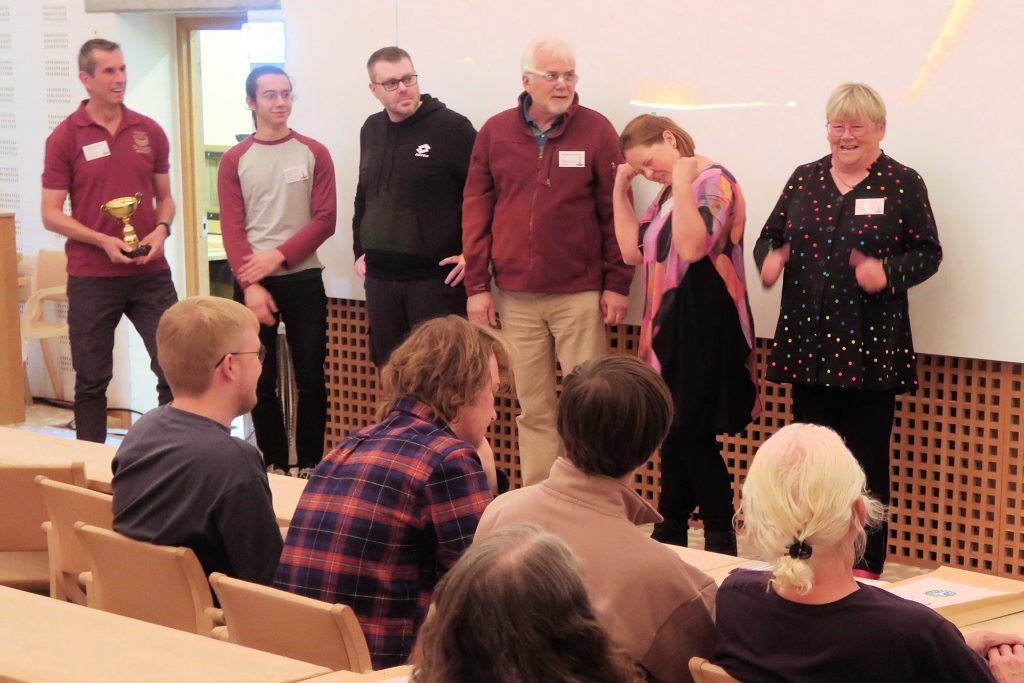
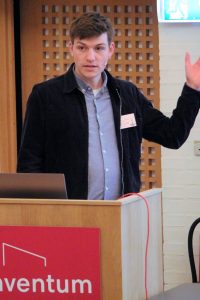
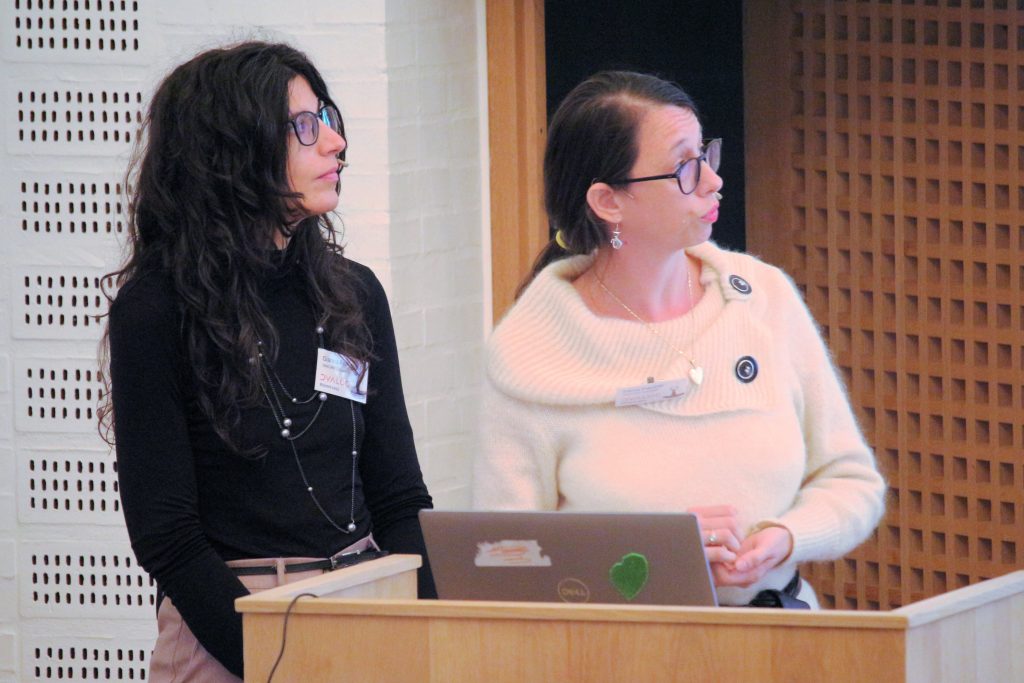
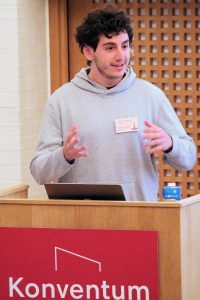
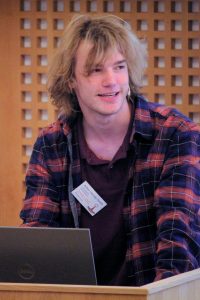
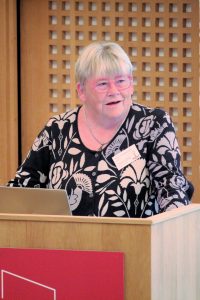
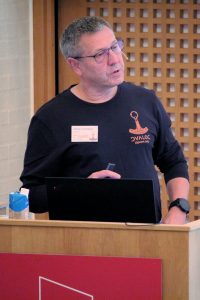
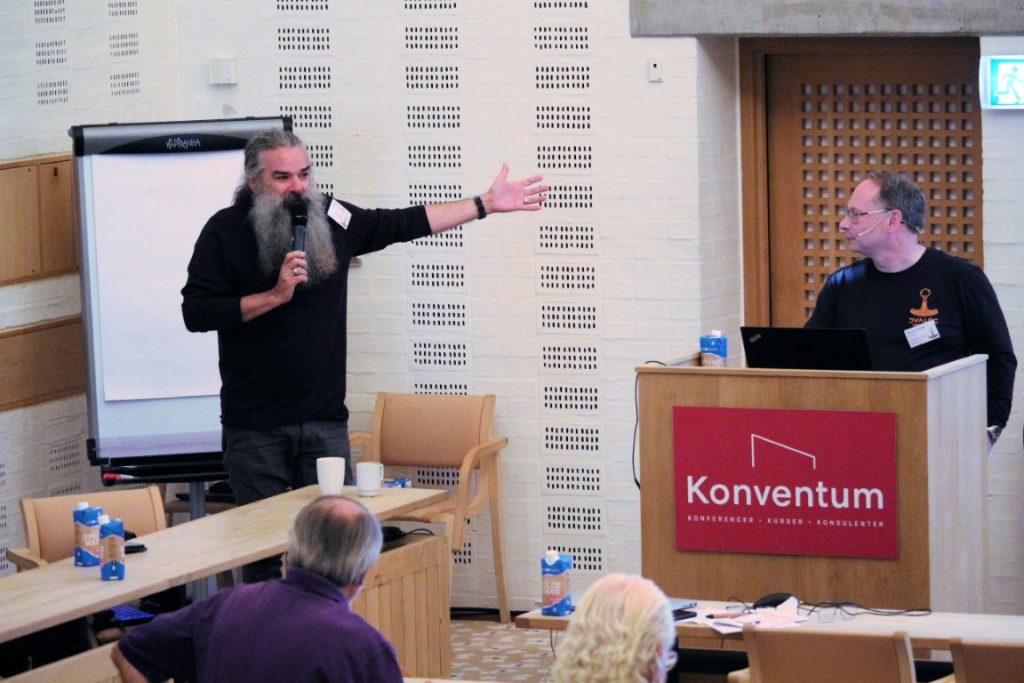
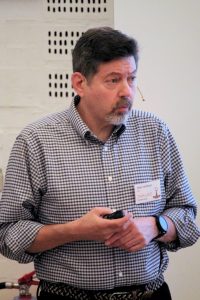
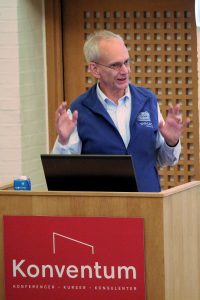
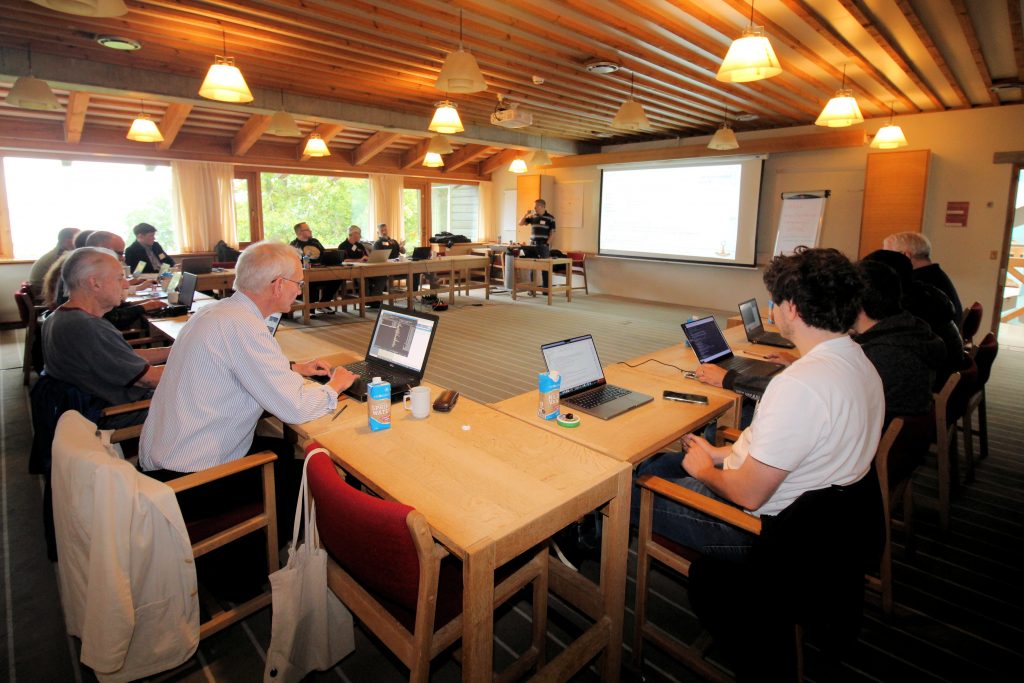
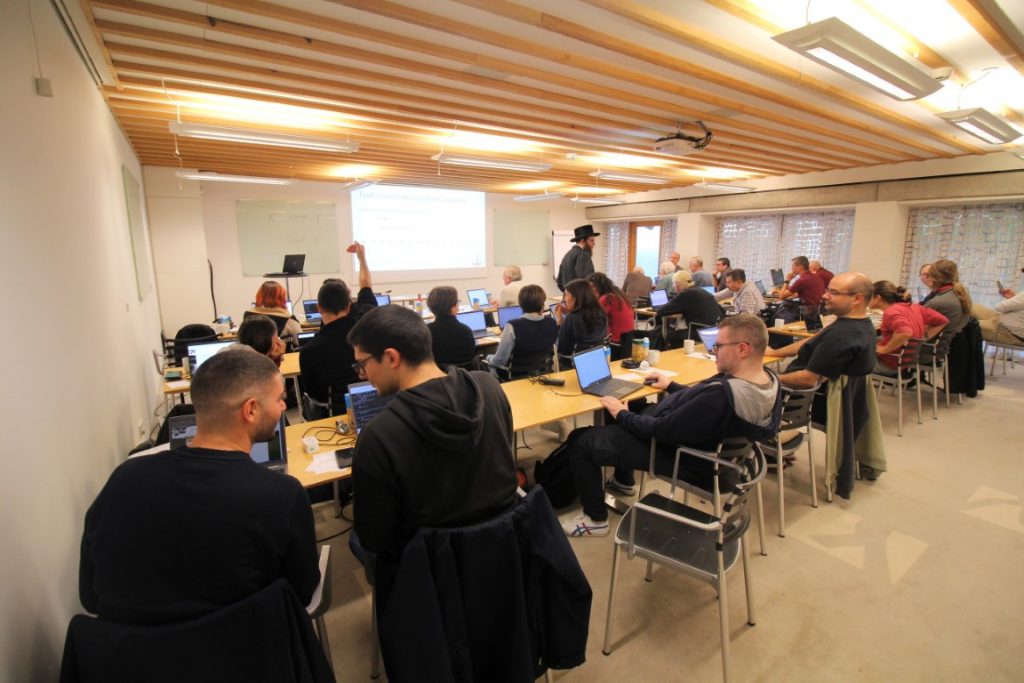
 Stefan spent a long time at university doing research in signal processing; after that he worked in several start-ups that were closely tied to the academic world. Then, taking a step away from technology for a while, Stefan pursued his interests in climbing and skiing, chasing winter around the globe until the money ran out.
Stefan spent a long time at university doing research in signal processing; after that he worked in several start-ups that were closely tied to the academic world. Then, taking a step away from technology for a while, Stefan pursued his interests in climbing and skiing, chasing winter around the globe until the money ran out.